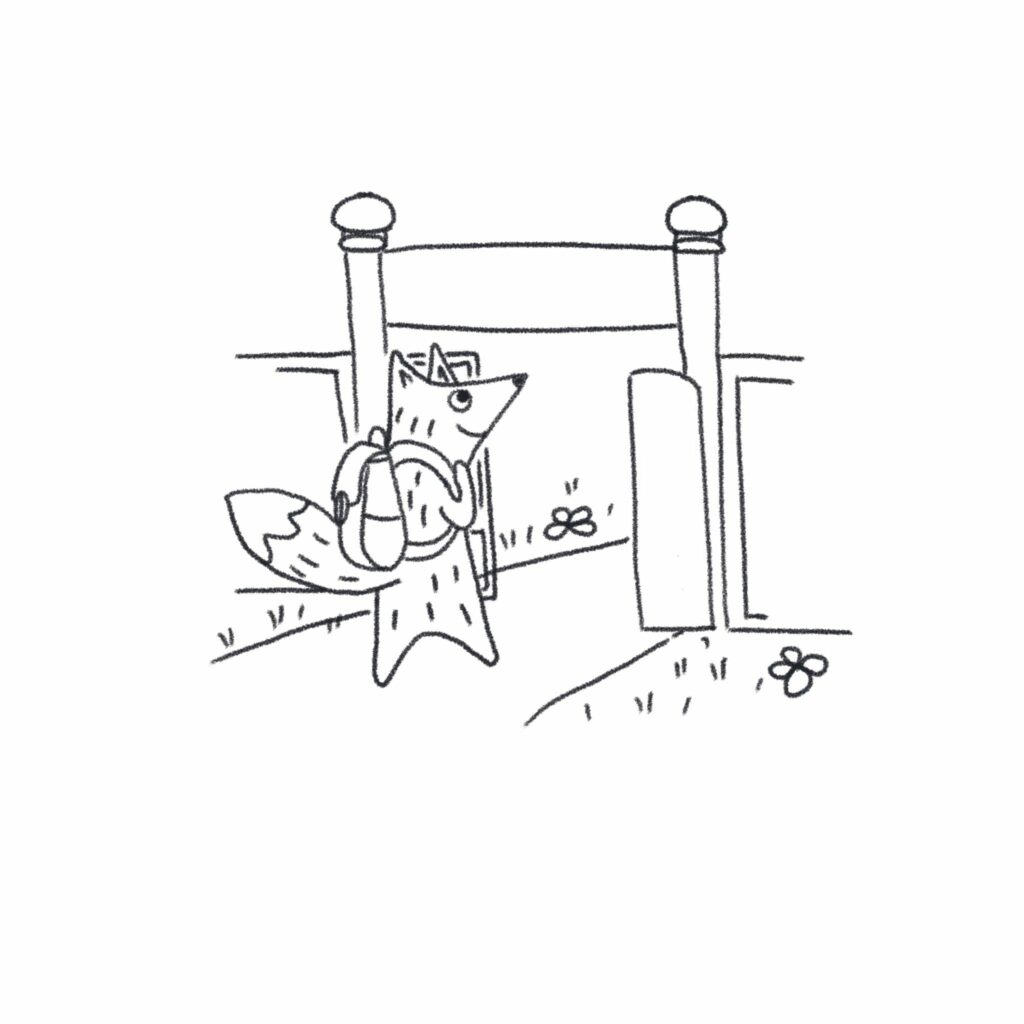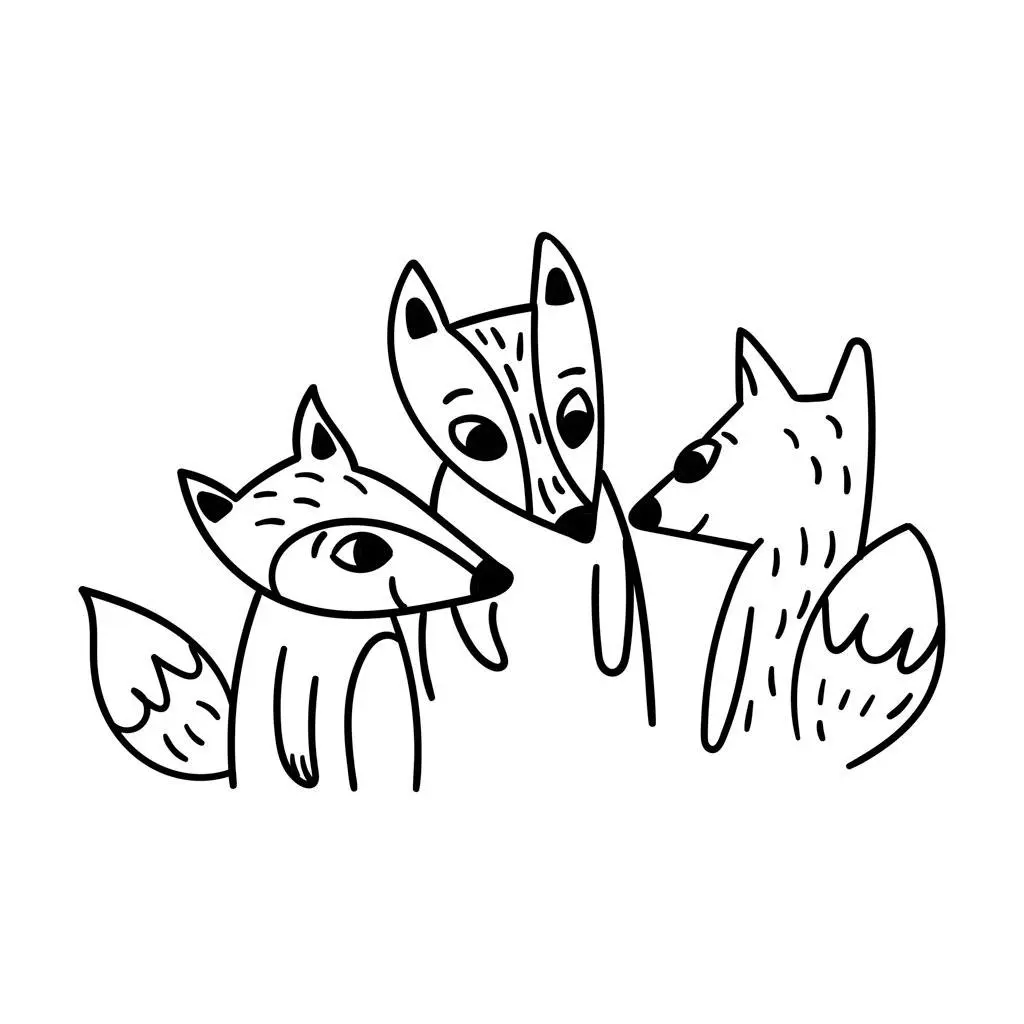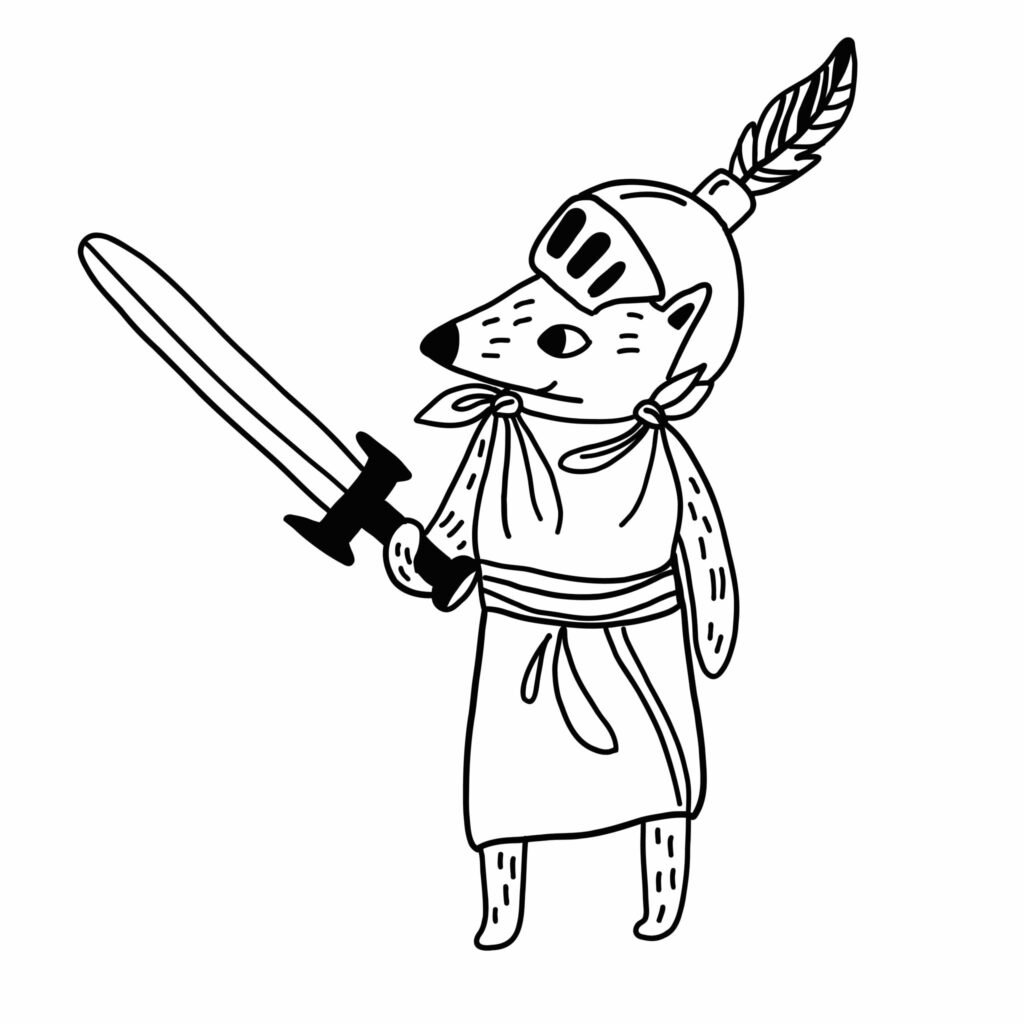We love Lego. Our children, like almost all the children we know, have spent many blissfully quiet hours engrossed in Lego construction, both building the pre-designed sets and making their own imagined structures, from spaceships and houses to robots and riding schools.
Duplo is Lego’s baby brother. The larger pieces are easier to put together and themes like zoos and railways are designed to appeal to a younger audience.

Children as young as one love to break duplo apart, and it’s not long before they are able to press two pieces together. Later, (around two-and-a-half), they start to plan ahead, deciding in advance what it is they intend to make. It is at this point that Lego becomes an interesting alternative.

We know that some parents feel that the pre-designed sets, which come in every possible iteration, from a cafe to a fire station, a jurassic world to a zoo – aren’t as good for the young constructor, because they require less imagination. They argue that simply following the instructions to create a fixed-concept final product, which is then too fragile to withstand the bish-bash of general play, seems a rather prescriptive, short-lived kind of fun.
Certainly the idea of following instructions to create a Lego Friends fairground and bumper cars is pretty far removed from the sort of freeform Lego play many of us grew up on. And it’s true that when presented with nothing but a box of bricks and a base plate, children are required to imagine, design and create independently – and that’s what we’re all after, right?

You can still buy boxes of basic blocks, though these are less common. Or, even better, go to a Lego shop and use the pick’n’mix tubs to stock up on exactly the pieces you need. This T-Rex was put together by One Hundred Toys’ No. 1 son. A green dinosaur requires only green blocks, plus a few special pieces for eyes and the spikes on its back. A great lesson in planning ahead and having a vision of the final outcome in mind.
But there’s still a place for the play-sets, even if they lack the creative potential of the box of random bricks. How come? There are a number of reasons. Firstly, following instructions is an important skill and one that will come in handy when starting school; the child who can focus and work their way independently through the leaflet that comes with their Lego snowmobile, will be all the more ready for completing their reading comprehension quiz or following their cake recipe.
Making sets also provides valuable experience. It’s unlikely that the average four-year-old will reach for the less-interesting connecting pieces when making their own constructions. But, seeing how these blocks are used in set building helps them understand what individual pieces can do, and how they can incorporate them into their own designs. In addition, young children are still developing their ability to hold a plan in their head and work towards it. Step-by-step instructions and pictures of the finished product help to cement these skills in place.
Sets also bring an element of small world play to Lego, something that doesn’t always come up with individual creations. Building a hospital, complete with figures and an ambulance, provides a forum for imaginative play, enabling them to build stories around their construction that might not occur if they were just given blocks.


The downside is that once completed, the sets don’t stay perfectly together forever, so the small world play benefits that come with your safari scene don’t always last long. But the great thing is that if and when it gets smashed up, the pieces can become part of your bank of general Lego, having delivered many valuable experiences along the way.
And for any parent who worries about buying licensed Lego sets with characters from films like Batman and Frozen, we say: don’t sweat it. Four- and five-year-olds are especially interested in goodies, baddies, and superheroes and the boundary between right and wrong. As their natural interest in exploring these themes wanes, you’ll find they are less engaged by the licensed products.




